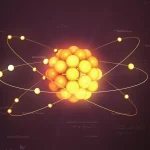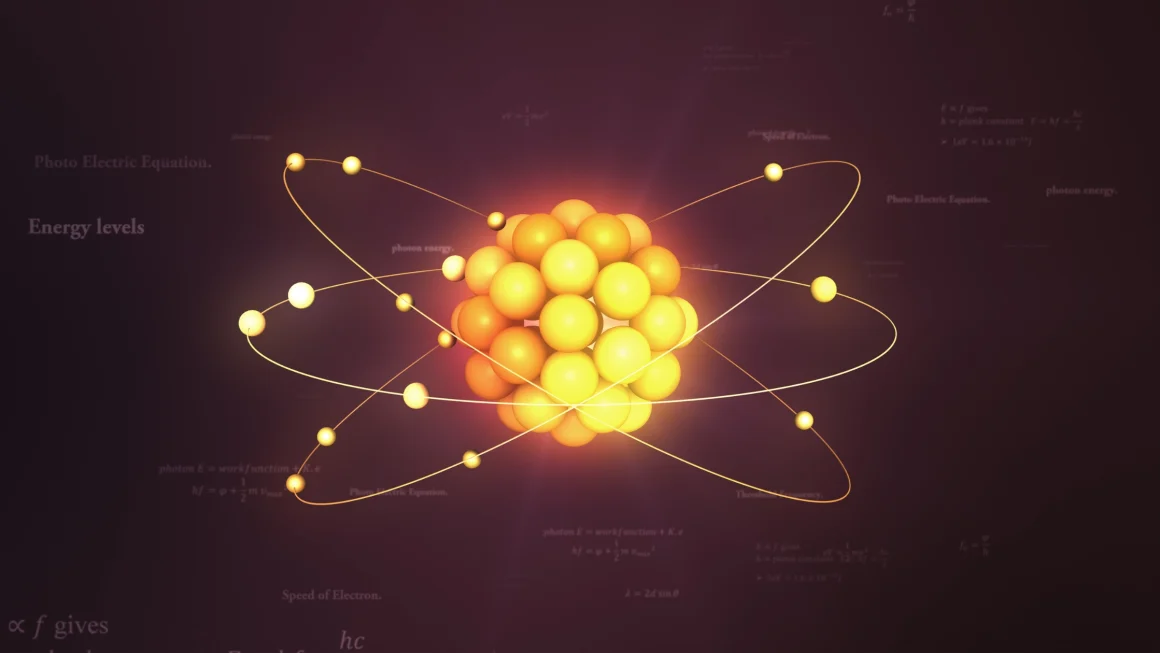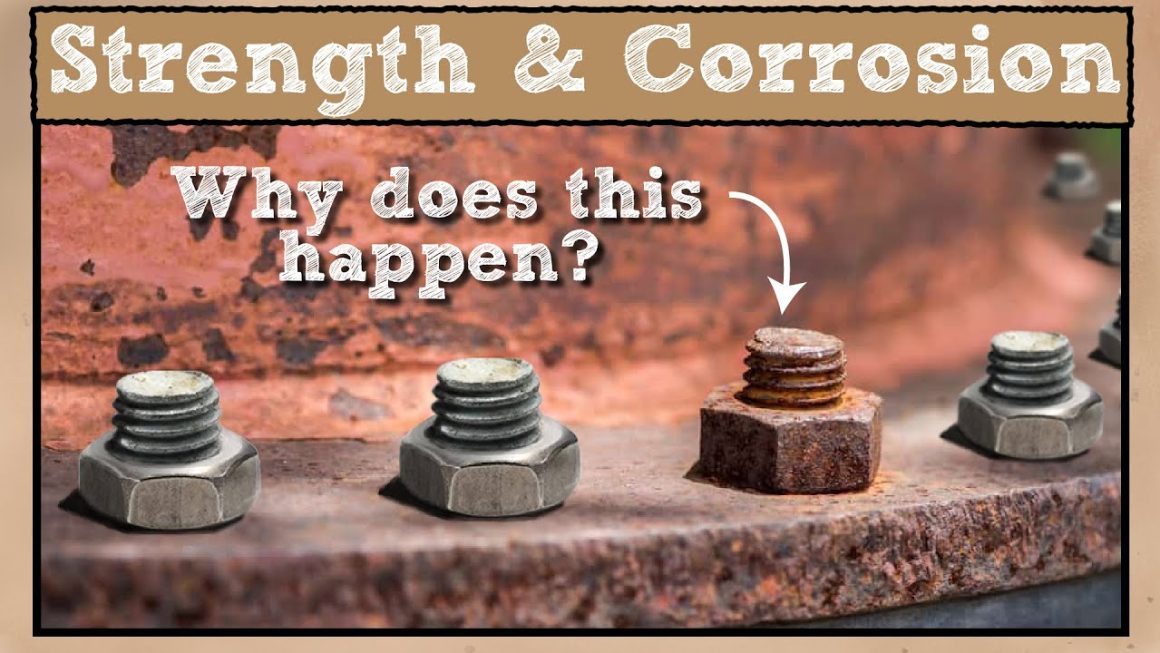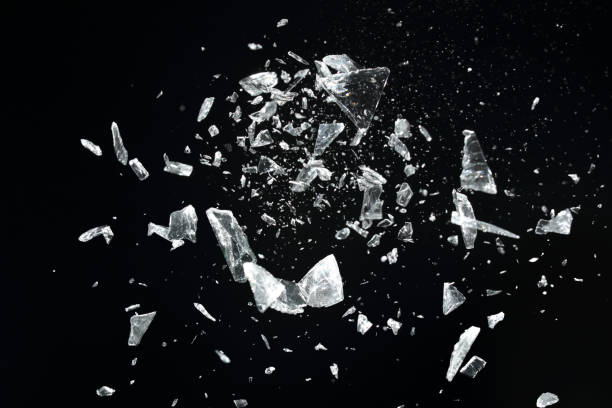It started on a cold evening in December. I was watching a documentary with my nephew when the word “antimatter” lit up the screen. There were dramatic visuals of explosions, black holes, and equations I could barely follow. My nephew turned to me, eyes wide, and asked, “Is antimatter dangerous.”
At that moment, I didn’t have an answer. But the question wouldn’t leave me. I dove headfirst into research, reading articles, watching lectures, and speaking to physicists online. What I found was a mix of wonder and warning—antimatter is one of the most powerful and puzzling things in our universe. The potential risks associated with antimatter are something that fascinated me deeply.
What Is Antimatter?
To understand whether antimatter is dangerous, we first need to understand what it is. Imagine everything you know—electrons, protons, and atoms—all flipped. Antimatter is made of antiparticles that mirror normal particles but have opposite electric charges.
For example, a normal electron has a negative charge, but its antimatter version, the positron, has a positive one. When a particle meets its antimatter twin, they annihilate—not just disappear, but explode, converting all their mass into energy.
This is what makes antimatter both fascinating and potentially terrifying. One gram of antimatter could release energy equivalent to the Hiroshima bomb. Yes, just one gram. So naturally, the question of whether antimatter is dangerous is something the world needs to consider carefully.
A Force of Creation—and Destruction
Antimatter is not just a threat. It’s also a key to understanding how the universe works. Scientists believe that in the moments after the Big Bang, matter and antimatter were created in equal amounts.
But if that’s true, where did all the antimatter go? Why does our universe seem to be made entirely of matter? That imbalance is one of physics’ biggest mysteries.
Despite its powerful energy release, antimatter isn’t evil. In fact, it’s already helping us. Hospitals use positron emission tomography (PET) scans, which rely on antimatter, to detect cancer and study brain functions.
This is what makes antimatter both fascinating and potentially terrifying. One gram of antimatter could release energy equivalent to the Hiroshima bomb. Yes, just one gram. So naturally, the question arises—is antimatter dangerous is something the world needs to consider.
How Scientists Handle Antimatter
One of the scariest facts about antimatter is how difficult it is to make and store. Scientists have only created tiny amounts in particle accelerators like those at CERN. And when they do, they must store it in magnetic traps, because contact with ordinary matter would cause it to annihilate instantly.
This means no, there are no antimatter bombs sitting in a secret lab. The cost to produce just one gram of antimatter is estimated at $62.5 trillion. For now, the world is safe from any practical weaponization of antimatter.
Still, the potential is there—and that’s enough to make military agencies and science fiction writers alike sit up and pay attention.
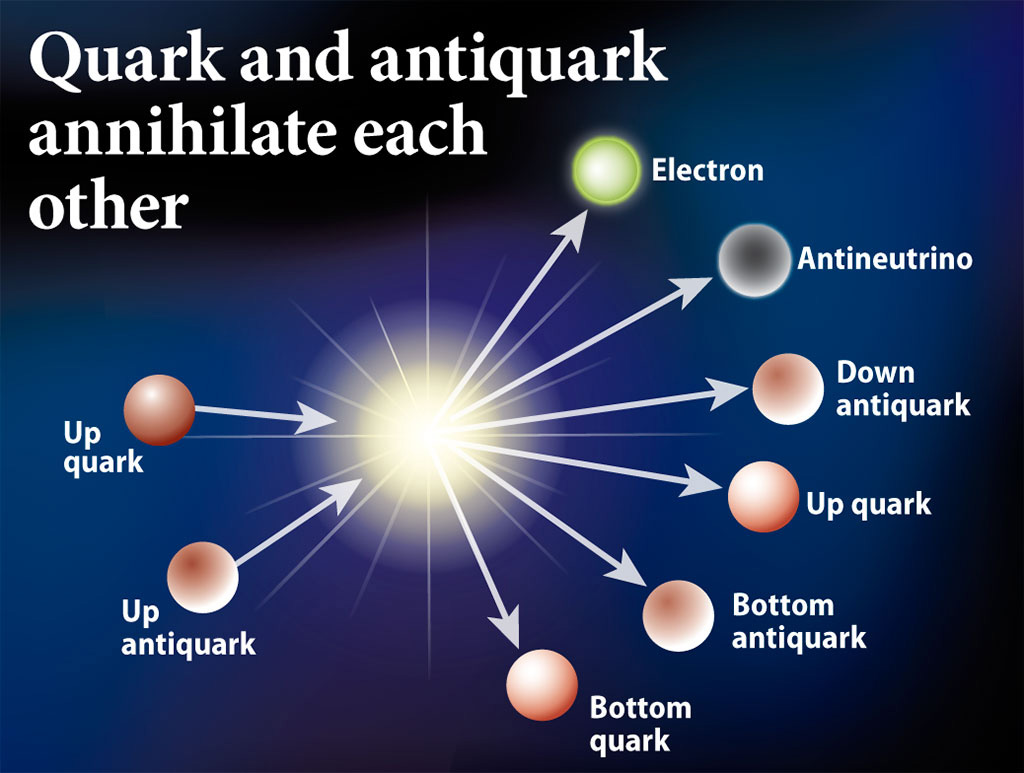
Is Antimatter Dangerous to Earth?
Now let’s return to the main question: is antimatter dangerous?
The honest answer is yes—and no. On a theoretical level, antimatter has unimaginable destructive power. A small amount could flatten a city if weaponized. But on a practical level, we’re nowhere near producing enough antimatter to do any harm.
In space, antimatter does occur naturally. Cosmic rays collide with particles and produce antimatter in the upper atmosphere. But Earth’s magnetic field and atmosphere protect us from any damage.
In controlled environments, like particle physics labs, scientists handle antimatter with extreme caution. There’s no risk of an accidental explosion. So, unless a civilization thousands of years ahead of us decides to send antimatter warheads our way, we’re safe—for now.
The Role of Antimatter in Popular Culture
If you’ve watched movies like Angels & Demons or Star Trek, you’ve seen antimatter portrayed as a doomsday fuel. In Angels & Demons, a vial of antimatter is stolen and used as a threat to destroy Vatican City.
In Star Trek, antimatter powers the warp drives that take spaceships across galaxies. In these stories, antimatter is always either a miracle or a menace—fuel for exploration or fuel for extinction.
These stories reflect our fears and hopes. Antimatter is one of the few things in science that seems almost magical, because of its energy potential. And anything that powerful will always come with fear attached.
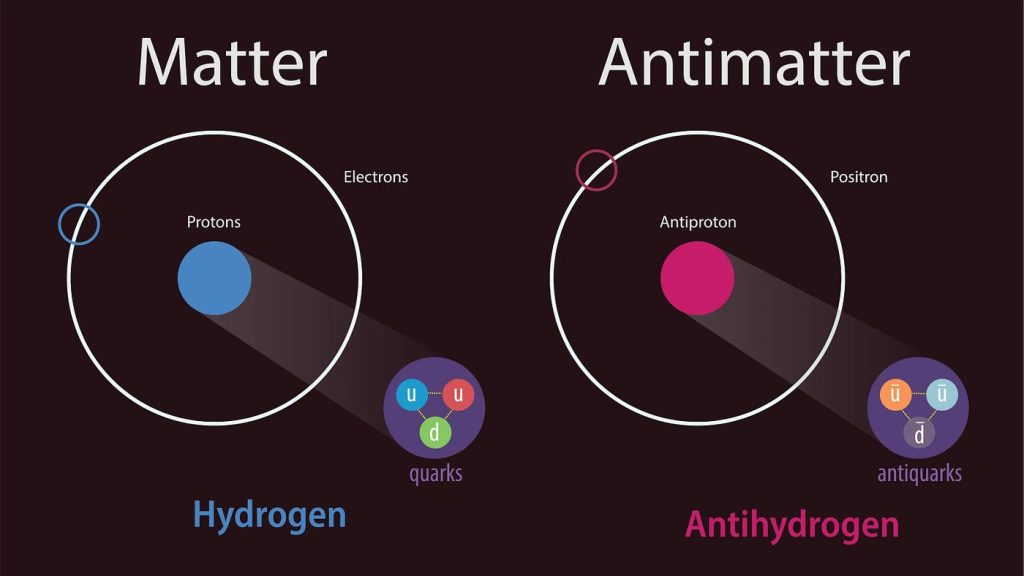
Visit our website for more updates and stories
Hope or Hazard? Final Thoughts
So, is antimatter dangerous? It’s a fair question, but the answer is more layered than it first appears
Antimatter holds both danger and promise. It could power interstellar travel. It could help solve mysteries about the universe’s birth. It already helps in modern medicine.
But it could also, in theory, cause destruction unlike anything we’ve ever seen. That’s why scientists tread carefully. They study it in secured environments, with strict controls, and enormous respect for what it can do.
For now, antimatter is not a danger to our world. But it’s wise to understand its power and potential. Just like fire helped humanity progress—but only after we learned how to control it—antimatter could someday light the path to a future we can only dream of.
Until then, let’s keep asking questions, just like my nephew did that cold December night. Because sometimes, one question can open a universe of discovery.



